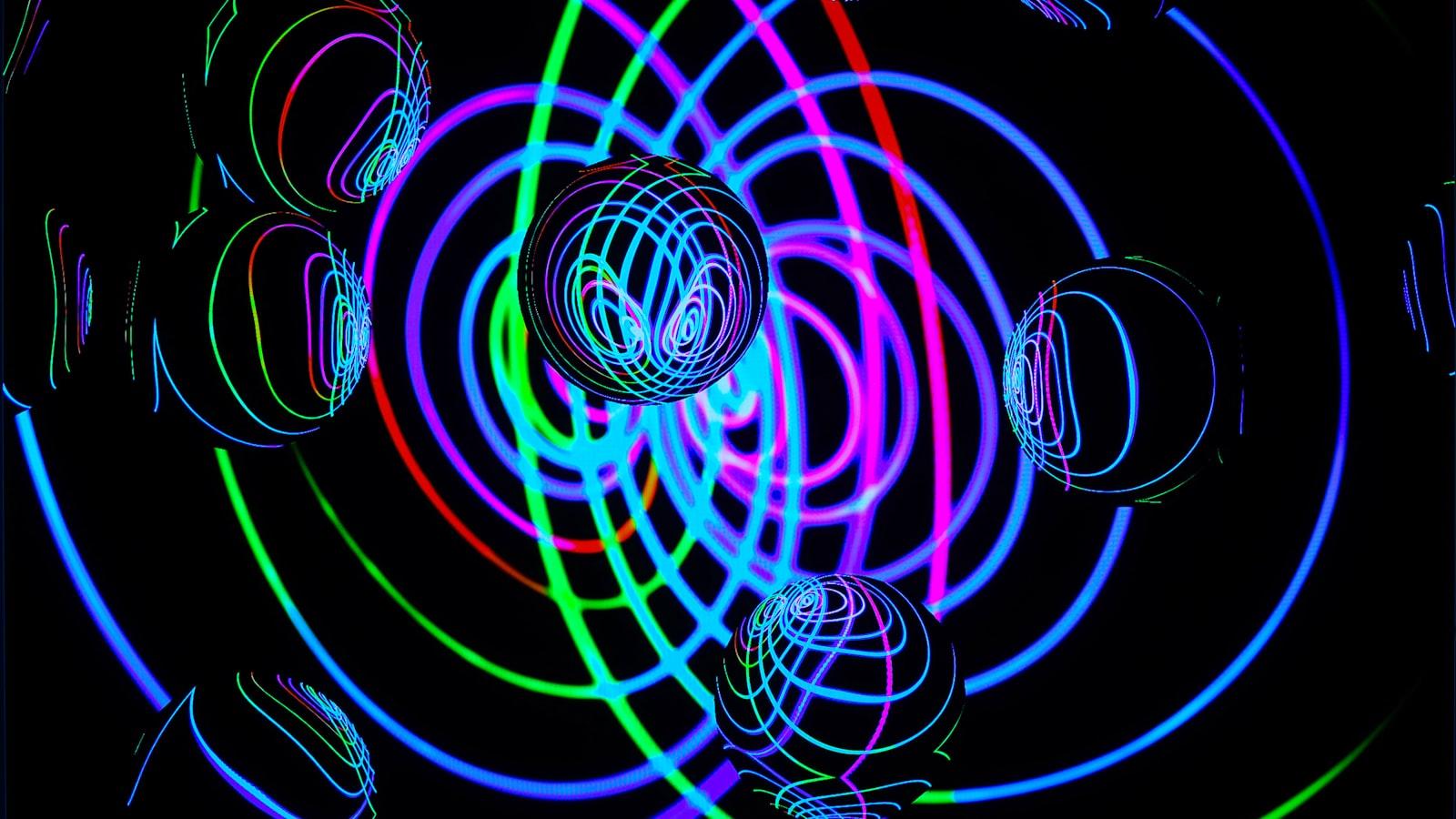Imagine finally waking up without the daily dread of unwanted hair. That smooth, effortless skin free of prickly stubble could be your reality thanks to the magic of laser hair removal. While this innovative procedure promises convenience and confidence, it’s not without its shadows. Tucked away in hushed conversations and passed along in ominous whispers is a concern that stops many hopefuls in their tracks: Does laser hair removal cause cancer?
Welcome to “Dispelling Myths: Laser Hair Removal & Cancer Facts.” In the maze of beauty treatments and health advice, it’s easy to get lost in a fog of misinformation. This article aims to cut through that fog with the precision of the very lasers in question. Together, we’ll navigate the path of facts and shed light on the truths that empower informed decisions. Your quest for knowledge is supported here, and by the end of this piece, you’ll step forward with clarity, confidence, and a newfound understanding of laser hair removal and its effects or lack thereof on cancer.
Table of Contents
- Facts about Laser Hair Removal and Cancer Risk
- Understanding the Science behind Laser Hair Removal
- Debunking Common Misconceptions about Laser Hair Removal and Cancer
- Minimizing Risks and Maximizing Benefits of Laser Hair Removal with Professional Guidance
- Q&A
- Final Thoughts

Facts about Laser Hair Removal and Cancer Risk
When it comes to laser hair removal, there’s a cloud of confusion and fear surrounding its connection to cancer. The idea that this popular cosmetic procedure might lead to cancer is a widespread myth that needs to be debunked. First and foremost, laser hair removal utilizes non-ionizing radiation, which is vastly different from the ionizing radiation associated with cancer risks. Non-ionizing radiation simply doesn’t possess the energy to alter DNA or mutate cells, making it safe for cosmetic treatments. This distinction is essential in understanding why the scare linking laser hair removal to cancer is unfounded.
Let’s delve into the safeguards and mechanisms that ensure the safety of laser hair removal. Modern laser hair removal machines are built with advanced technology and stringent safety protocols to protect both skin and overall health. The lasers target hair follicles without affecting the surrounding tissues, thanks to precise wavelength selection and cooling techniques that minimize skin exposure. These machines are frequently maintained and checked for efficacy, adhering to medical standards that rule out potential health risks.
- Selective Photothermolysis: Lasers specifically target melanin in hair follicles.
- Cooling Systems: Protect skin by cooling before, during, and after treatment.
- FDA Approval: Laser devices are vetted for safety and effectiveness.
| Myth | Reality |
|---|---|
| Laser hair removal causes cancer. | No scientific evidence supports this claim. |
| Laser beams penetrate deep into the skin. | Lasers only target hair follicles. |
Besides, it’s crucial to note that laser hair removal has been endorsed by numerous dermatological and medical institutions worldwide. These endorsements underscore the confidence that the healthcare community has in the procedure’s safety. Patients who have undergone laser hair removal, along with their dermatologists, attest to its efficacy and lack of severe side effects. Common minor side effects include temporary redness and slight swelling, which typically resolve within hours. Such mild reactions further debunk the myth of severe health repercussions.

Understanding the Science behind Laser Hair Removal
Laser hair removal operates on the principle of selective photothermolysis, where targeted laser light is absorbed by the pigment in hair follicles, converting light energy into heat and subsequently damaging the follicle. This process inhibits future hair growth, making it an effective long-term solution for unwanted hair. The laser concentrates on melanin, the pigment that gives your hair its color, allowing it to effectively treat a variety of hair types and colors. However, it’s important to know that the efficacy can vary based on individual differences, including skin type and hair color.
<ul>
<li><strong>Safe</strong>: Approved by FDA for its safety and efficacy.</li>
<li><strong>Targeted</strong>: Focuses only on hair follicles, leaving surrounding skin unharmed.</li>
<li><strong>Versatile</strong>: Effective for various body areas including face, legs, and underarms.</li>
</ul>
<p>It's a common misconception that laser hair removal uses high-energy radiation that can cause cancer. The fact is, the lasers utilized in hair removal do not emit ionizing radiation, the type that can lead to DNA damage and possibly cancer. Instead, the lasers produce non-ionizing radiation, which simply heats up and disrupts hair follicles. Various rigorous scientific studies have shown that this procedure, when performed by trained professionals, is safe and free from cancer risks.</p>
<table class="wp-block-table">
<thead>
<tr>
<th>Myth</th>
<th>Fact</th>
</tr>
</thead>
<tbody>
<tr>
<td>Laser Hair Removal Causes Cancer</td>
<td>No scientific evidence supports this claim.</td>
</tr>
<tr>
<td>Procedure is Painful</td>
<td>Described as a mild pinprick or rubber band snap.</td>
</tr>
<tr>
<td>Not Suitable for All Skin Types</td>
<td>Modern lasers can treat a variety of skin tones.</td>
</tr>
</tbody>
</table>
<p>One invaluable feature of laser hair removal is its ability to be customized according to your specific needs. Factors such as hair density, color, and the area being treated can be adjusted to provide the best results. The technology has advanced significantly, making treatments safer and more effective than ever. Advanced cooling systems are often incorporated to protect the skin and enhance comfort during the session, mitigating the sensation to a tolerable level, often described by clients as a slight pinprick or the snap of a rubber band.</p>

Debunking Common Misconceptions about Laser Hair Removal and Cancer
One of the most widespread fallacies circulating online is the notion that laser hair removal can cause cancer. This couldn’t be further from the truth. Laser hair removal targets hair follicles using a concentrated beam of light, essentially heating and damaging the follicle to prevent hair growth. The lasers used in this procedure are designed specifically for skin treatment, staying entirely superficial and not penetrating deep enough to alter the underlying cellular structure. As such, they pose no risk of inducing cancerous changes in the skin.
It’s also important to differentiate between the types of radiation involved in laser hair removal and harmful types of radiation. In scientific terms, the radiation emitted by laser hair removal devices is non-ionizing. This stands in stark contrast to ionizing radiation, such as X-rays and gamma rays, which have sufficient energy to remove tightly bound electrons from atoms, leading to cellular and DNA damage. Laser hair removal uses non-ionizing radiation, which is as innocuous as visible daylight, thus it doesn’t hold the potential to cause cancer.
| Type of Radiation | Energy Level | Risk |
|---|---|---|
| Non-Ionizing | Low | Minimal |
| Ionizing | High | High |
Another aspect that fuels this misconception is the fear of skin sensitivity and changes post-treatment. Temporary side effects like redness and swelling are not uncommon; however, they’re not indicators of a carcinogenic process. These mild side effects usually dissipate within a few hours to a couple of days. If you have concerns, consulting with a certified dermatologist or medical professional can provide more personalized information, tailored to your skin type and medical history.
Lastly, it’s critical to understand the rigorous testing and approval processes that laser hair removal devices undergo before entering the market. These devices are scrutinized by health and safety agencies, including the FDA in the United States, ensuring their efficacy and safety. With countless studies affirming their non-carcinogenic nature, you can feel confident that professional laser hair removal is a safe method of achieving smooth, hair-free skin.

Minimizing Risks and Maximizing Benefits of Laser Hair Removal with Professional Guidance
Laser hair removal is a popular solution for those seeking a long-term reduction in unwanted hair, but like any procedure, it has its considerations. Professional guidance can significantly enhance both the safety and efficacy of this treatment. Working with a certified specialist ensures that the right type of laser technology is used for your specific skin and hair type, minimizing risks and optimizing results. Professionals also offer pre-treatment consultations to address any concerns, including skin sensitivity and potential side effects, which underscores the importance of an initial assessment.
- Custom Treatment Plans: Professionals tailor sessions based on individual needs.
- Safety Protocols: Clinics adhere to strict safety measures to prevent skin damage.
- Expert Advice: Trained practitioners provide insights on aftercare to maximize benefits.
Misconceptions about the connection between laser hair removal and cancer often stem from a lack of understanding about laser technology. The lasers used in hair removal procedures are designed to target hair follicles and do not penetrate deep enough into the skin to affect other cells or tissues significantly. Professional clinics regularly update their equipment and techniques to comply with the latest health guidelines, thereby offering safe and effective treatments. Below is a comparison table summarizing the advantages of professional versus at-home laser hair removal kits:
| Aspect | Professional Clinics | At-Home Kits |
|---|---|---|
| Safety | High | Moderate |
| Customization | Personalized | Limited |
| Efficacy | Optimal | Variable |
Adopting professional guidance reduces the rarity of adverse effects significantly. Medically trained practitioners possess the expertise to recognize early signs of skin reactions and adjust treatments accordingly. They also provide comprehensive follow-up care, including advice on skin maintenance and products to use post-treatment. All these factors contribute to a safer, more effective outcome, turning laser hair removal into a reliable and convenient way to eliminate unwanted hair. By demystifying the procedure and ensuring it’s performed under professional supervision, laser hair removal can be both safe and highly beneficial.
Q&A
—
Dispelling Myths: Laser Hair Removal & Cancer Facts
Question: There’s a lot of information out there. Does laser hair removal cause cancer?
*Answer: No, laser hair removal does not cause cancer. This is a common myth, but it’s not backed by science. The lasers used in hair removal are designed to target hair follicles and not penetrate beyond the skin’s surface. They use a specific type of light that’s calibrated for safety and effectiveness in hair removal, without affecting other tissue. Multiple expert studies and organizations, including the FDA, have confirmed the safety of laser hair removal in this regard. So, you can lay that fear to rest.
Question: If laser hair removal doesn’t cause cancer, why do some people still believe it does?
*Answer: Great question! Much of the fear comes from a lack of understanding about how these lasers work. The words “laser” and “radiation” can sound scary, but the type of radiation used in laser hair removal is non-ionizing. This is very different from the ionizing radiation that can potentially cause DNA damage and cancer. Additionally, myths sometimes spread faster than facts, making it easy for misconceptions to take hold. Education and reliable sources of information can help clear up these misunderstandings.
Question: Then what about skin burns and pigmentation changes? Are these real risks?
*Answer: Yes, potential skin burns and temporary pigmentation changes are real risks, but they’re rare and largely preventable. The key is to have the procedure done by a trained, certified professional who uses appropriate equipment for your skin type. Adhering to pre and post-care instructions also plays a huge role in minimizing these risks. When done correctly, the procedure is generally safe and effective.
Question: How do experts ensure the safety of laser hair removal treatments?
*Answer: Experts ensure safety through multiple measures. Firstly, they undergo rigorous training to understand different skin types and how to appropriately adjust laser settings. Secondly, they maintain high standards of hygiene and device maintenance. Thirdly, pre-treatment consultations are critical; professionals assess a patient’s medical history, skin type, and hair type, tailoring the procedure to minimize risks. Professionals use FDA-approved machines that come with built-in safety features.
Question: Can undergoing multiple laser hair removal sessions increase health risks?
*Answer: No, multiple sessions do not increase health risks. In fact, multiple sessions are usually necessary to achieve the best results. Hair grows in cycles, and laser hair removal is most effective during the growth phase. It generally takes several sessions to target all hair follicles during their growth stages. Each session is carefully calibrated to apply the right amount of laser light to the treatment area, so the procedure remains safe over time.
Question: Where can I get more reliable information about laser hair removal?
*Answer: For the most reliable information, turn to accredited medical organizations, dermatologists, and licensed clinics specializing in laser treatments. Websites of reputable health organizations such as the American Academy of Dermatology (AAD) and the FDA are good starting points. Always ensure your information is backed by scientific research to avoid falling for myths and misconceptions.
Question: Is there anything you’d like to add to dispel any remaining fears?
*Answer: Absolutely! Remember that millions of people safely undergo laser hair removal every year with excellent results. The technology has been around for decades and has continuously improved in terms of safety and effectiveness. The most important step you can take is to choose a qualified professional and fully understand the process. Empower yourself with accurate information and enjoy the benefits of smooth, hair-free skin with peace of mind!
Embrace the clarity, dispel the myths, and confidently step into the world of laser hair removal!
—
Final Thoughts
As we wrap up our journey through the illuminating world of laser hair removal and its relation to cancer, we’ve peeled away layers of misconceptions and shone a light on the truth. We hope that this voyage has empowered you with knowledge, disarming the fear that often surrounds the question of health risks associated with laser hair removal.
Remember, misinformation thrives in the shadows, but with clarity and understanding, we can banish doubts and make decisions that best serve our well-being. So, as you step forward, let facts guide your path and let curiosity always lead you to seek the light of truth.
Here’s to embracing innovation with confidence and celebrating the incredible advances that continue to shape our lives for the better. Stay informed, stay radiant, and keep the conversation lively, because an enlightened mind is the most powerful tool of all.






